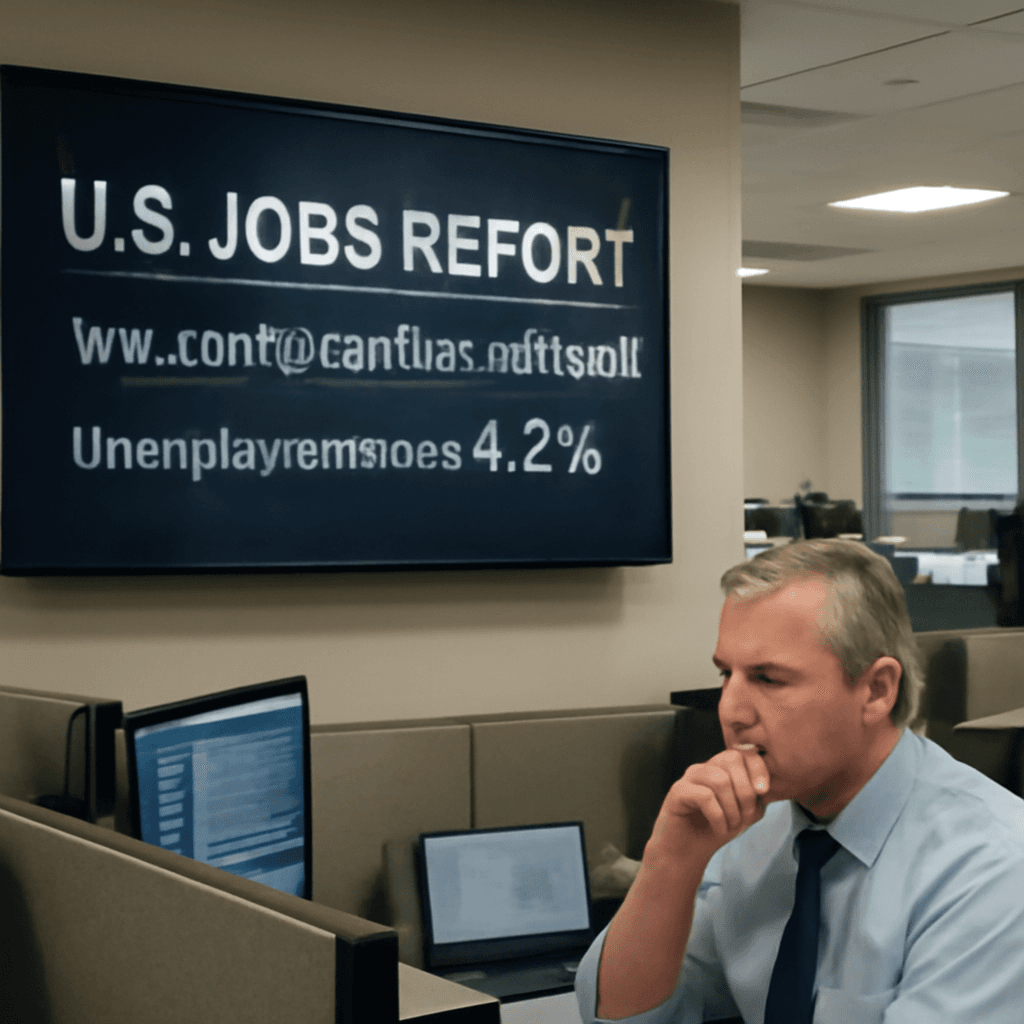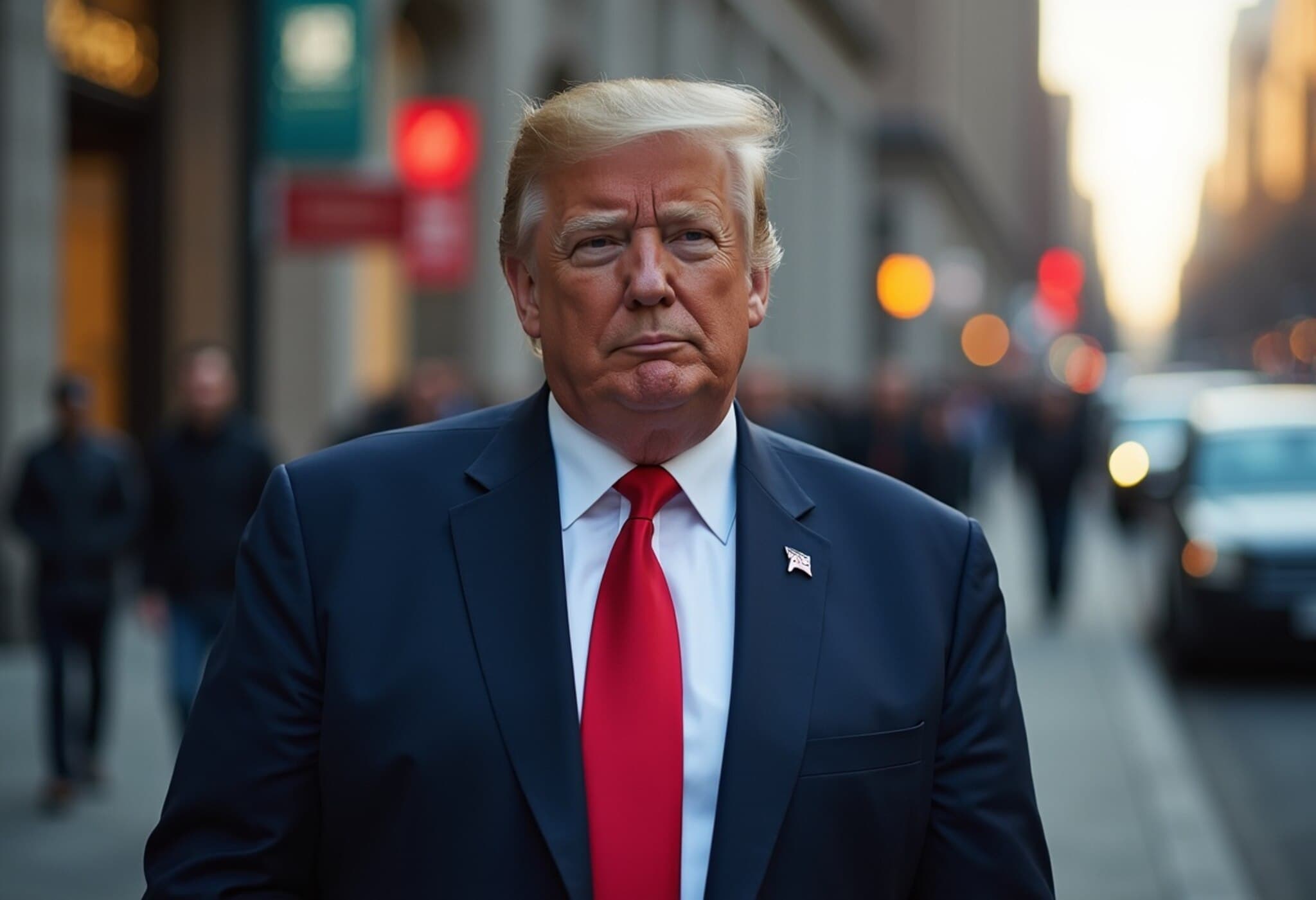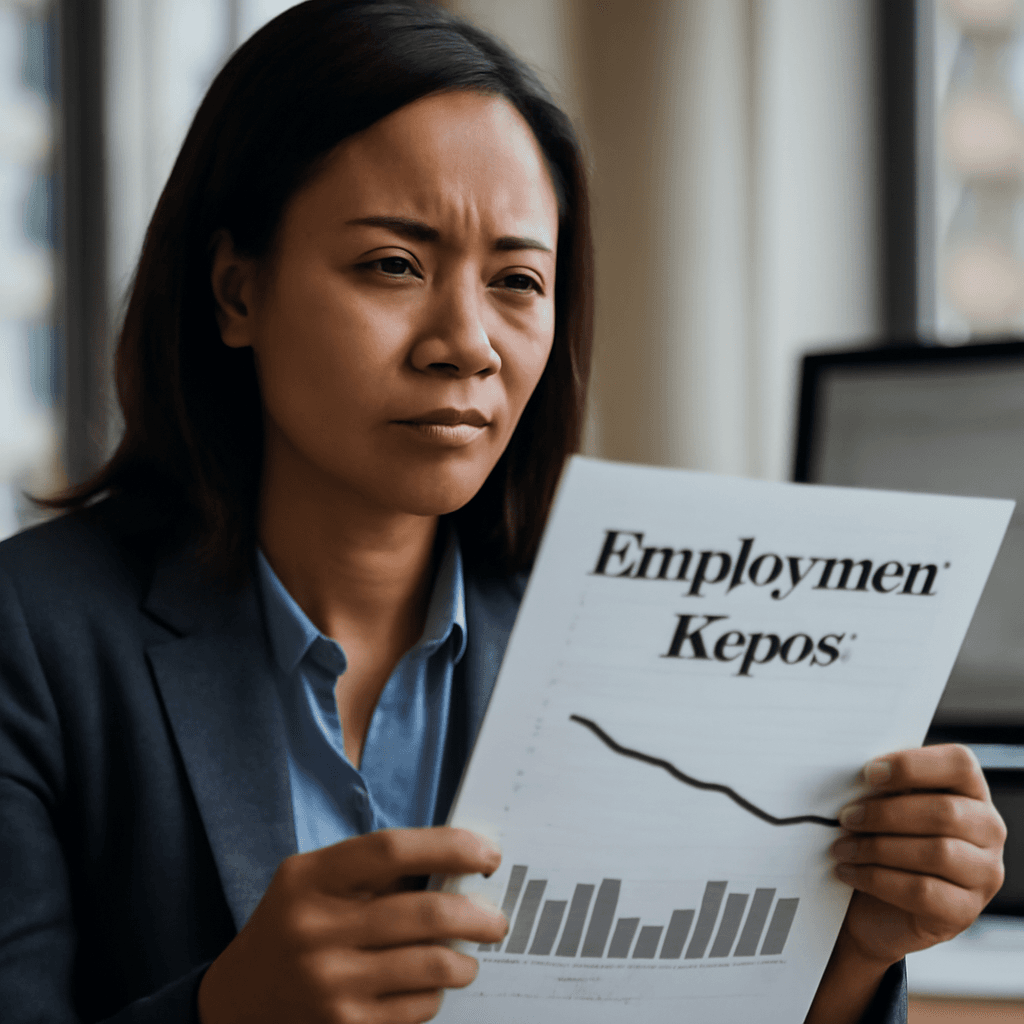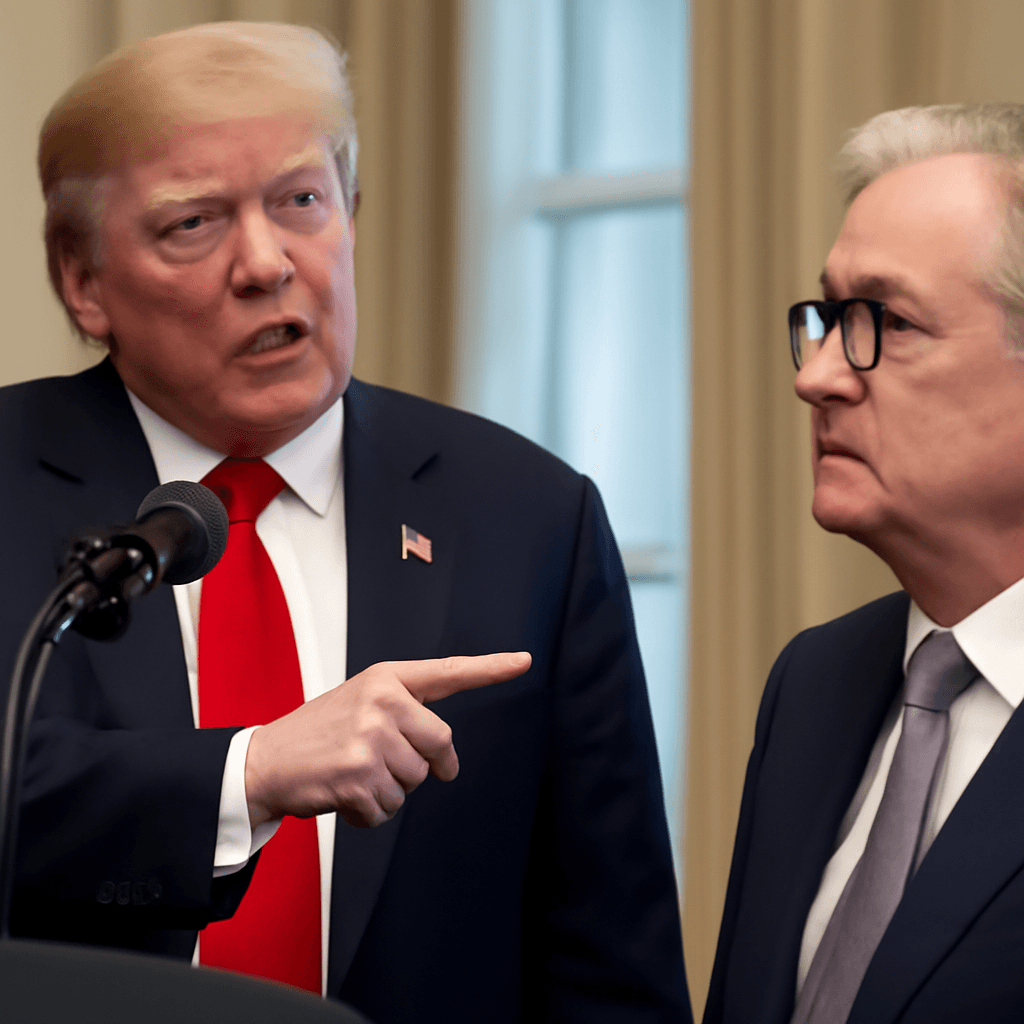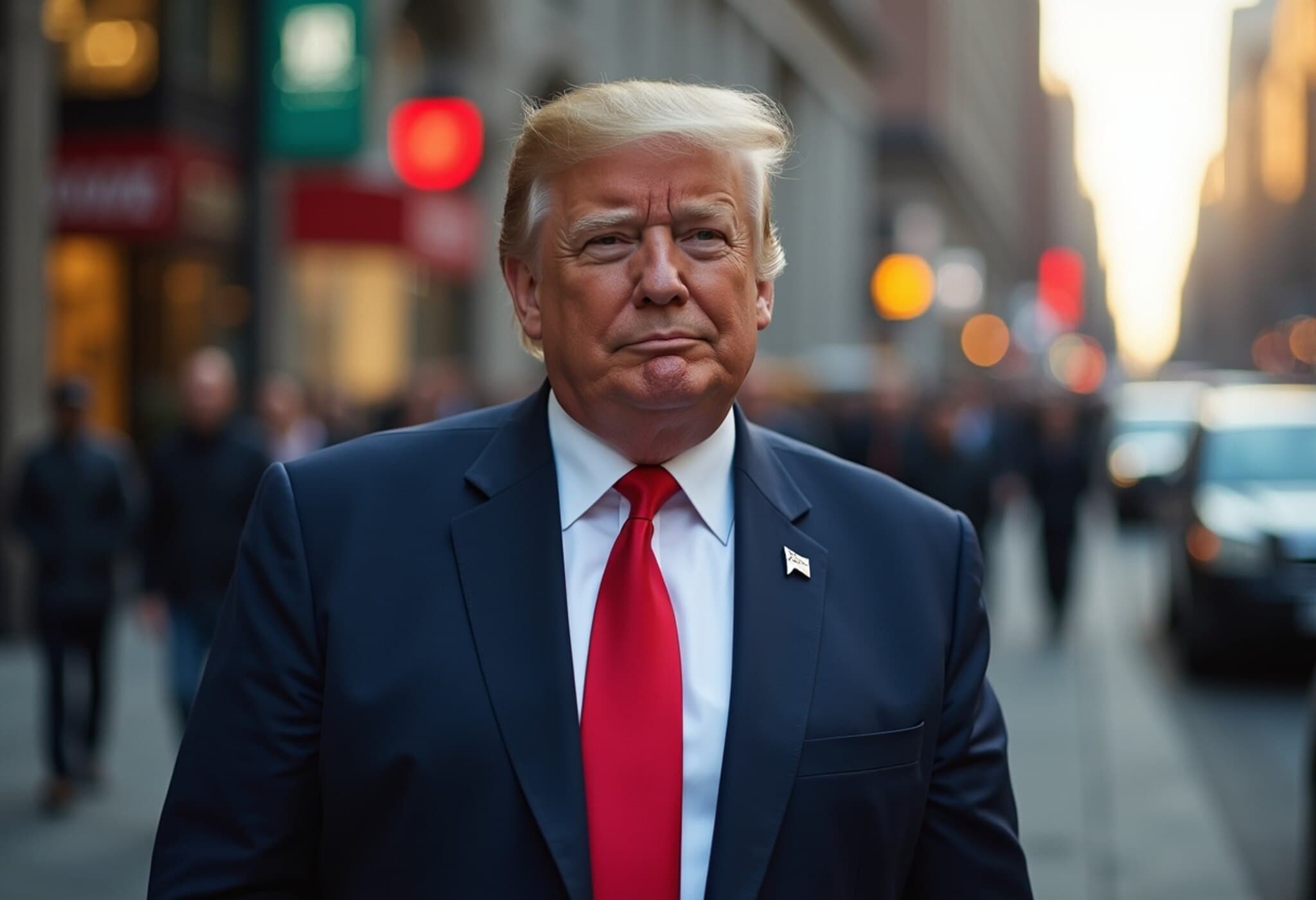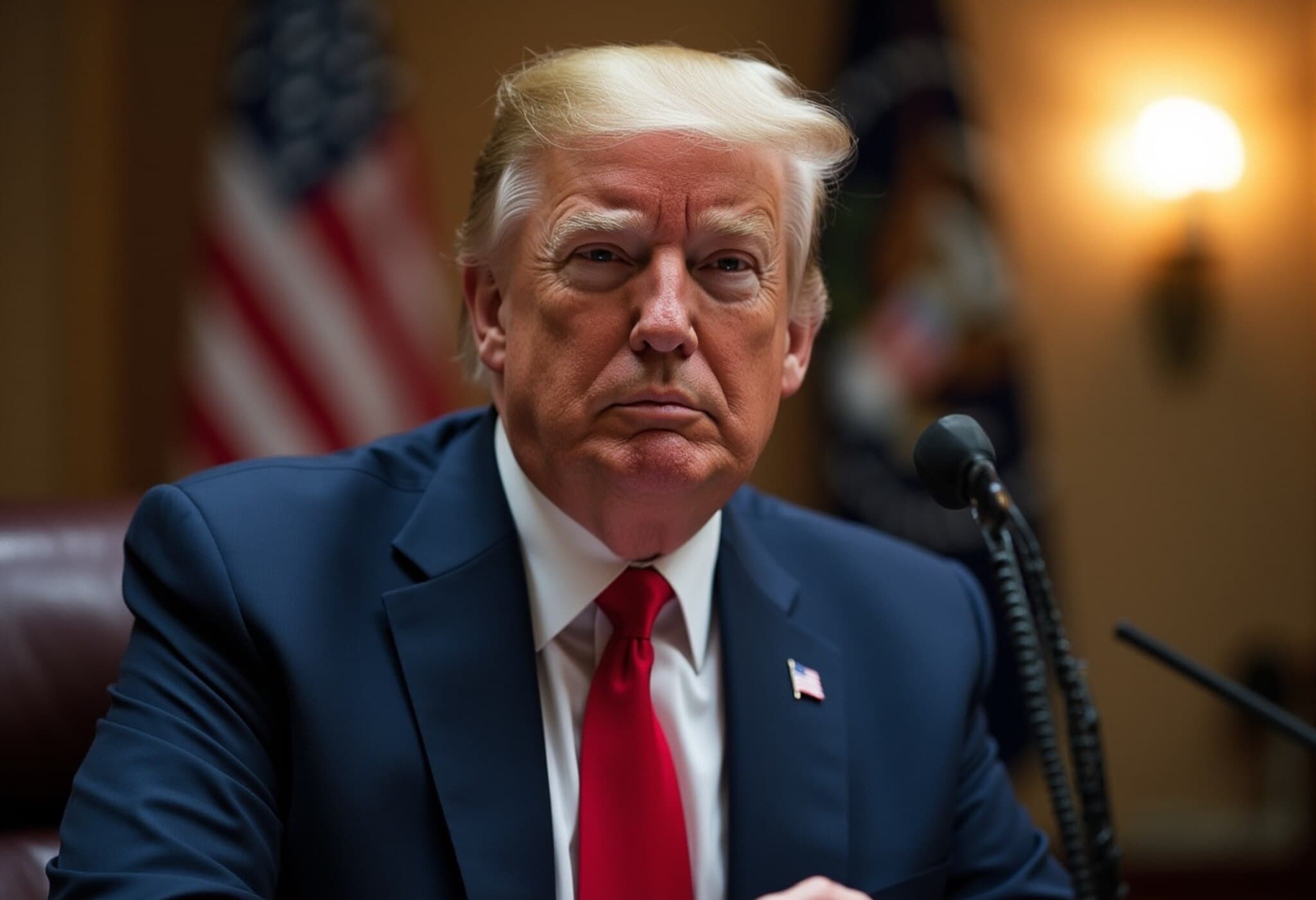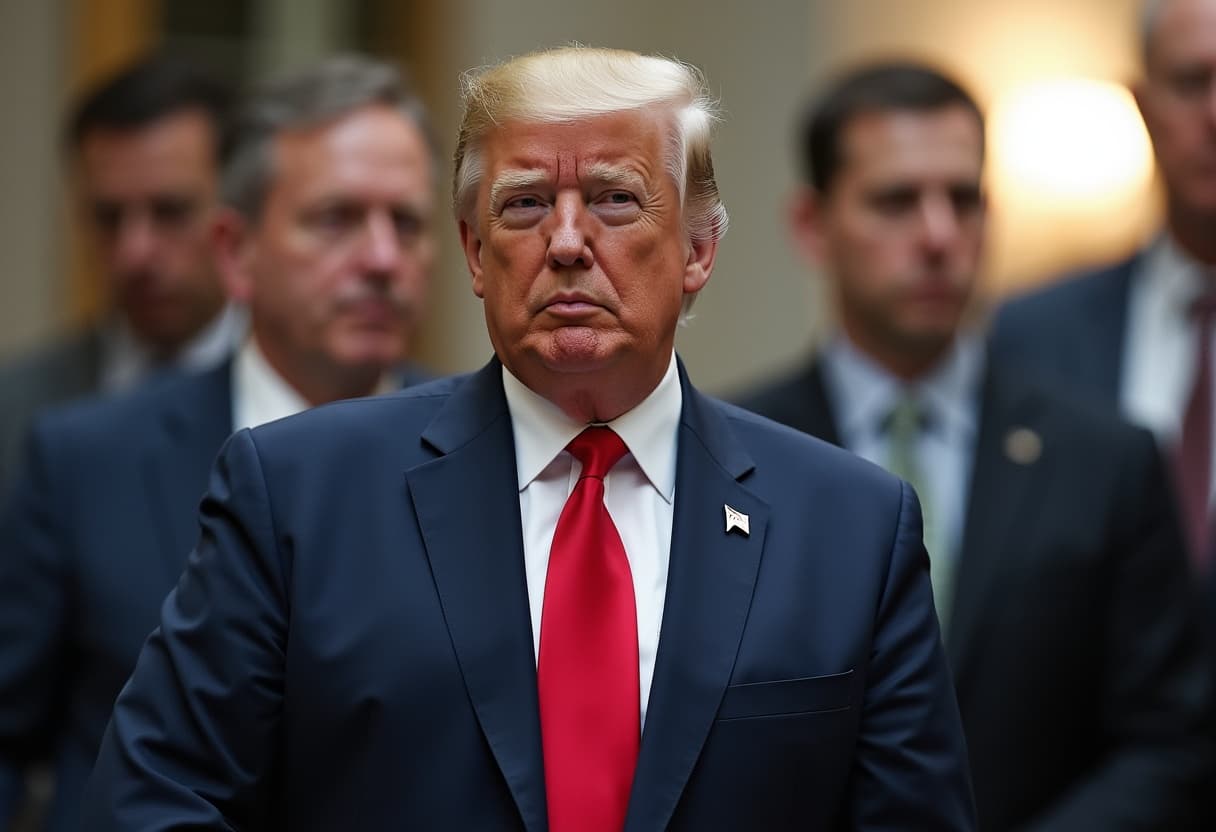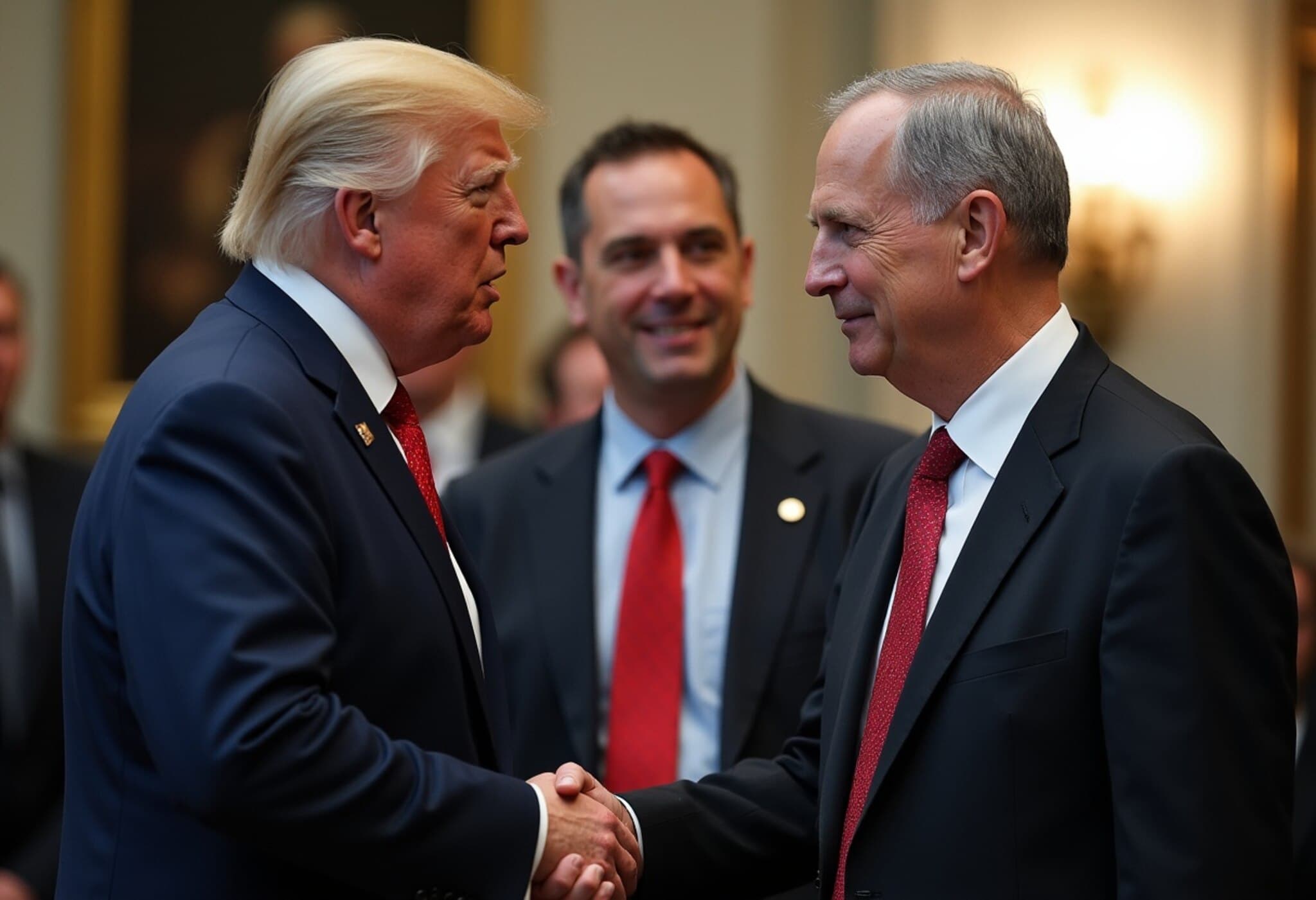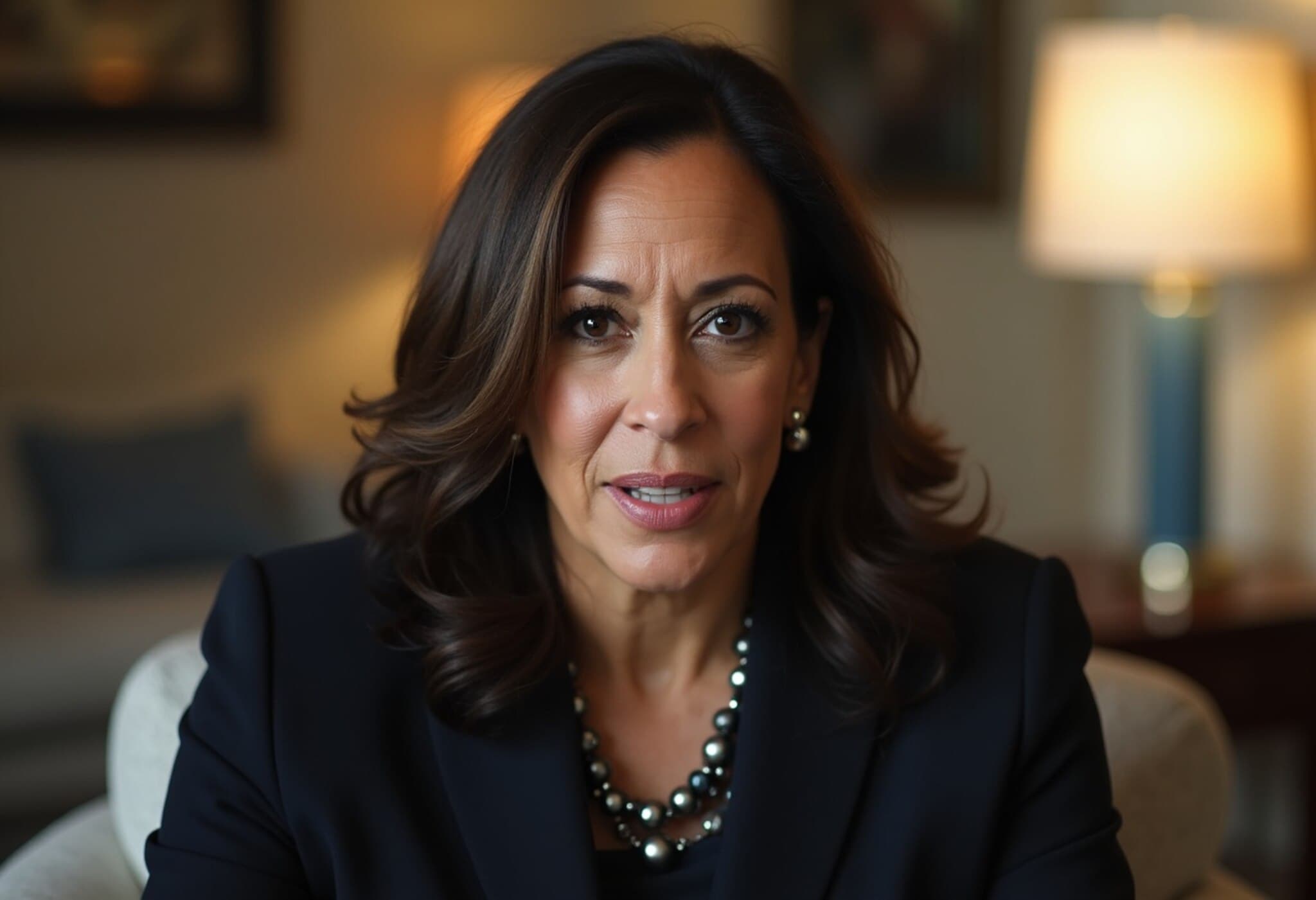Health Care Leads Job Growth in a Cooling U.S. Economy
As the U.S. economy shows signs of slowing down, the July jobs report released Friday underscores a critical insight: the health care sector continues to be a vital source of employment stability and growth. Despite an overall deceleration in hiring and an uptick in the unemployment rate, health care and social assistance added a remarkable 73,300 jobs last month—the largest gain among all sectors.
When private education jobs are combined with health care, total gains within this cluster climb even higher, reaching approximately 79,000 new jobs in July. This surge, in fact, compensated for job losses in over half of the other industry segments, making health care the sole driver preventing an overall net decline in employment.
Decoding the Numbers: A Sector-by-Sector Snapshot
According to the U.S. Bureau of Labor Statistics (BLS), many industries struggled last month:
- Health care and social assistance: +73,300 jobs
- Retail trade: +15,700 jobs
- Financial activities: +15,000 jobs
- Professional and business services: -14,000 jobs
- Manufacturing: -11,000 jobs
- Government sector: -10,000 jobs
- Wholesale trade: -7,800 jobs
The government sector's contraction, which followed hiring increases in previous months, and shrinking professional services reflect underlying uncertainties in public spending and corporate investment amid a cautious economic climate.
Expert Insight: A Labor Market on Pause?
Mark Hamrick, senior economic analyst at Bankrate, commented on the report’s implications, describing the labor market as "almost a no-hire, no-fire job market." He points out that, with health care and social assistance shouldering most of the private sector employment gains, other parts of the economy appear frozen or contracting.
Hamrick warns that while this latest report signals caution, the economic narrative remains in flux, with more data due before the Federal Reserve’s mid-September meeting. He highlights the need to scrutinize both data and anecdotal evidence to discern whether the slowdown is a temporary blip or marks deeper economic challenges.
Why Health Care Remains a Bright Spot
The resilience in health care employment can be attributed to demographic and social factors:
- Growing aging population needing more medical and social support services
- Expansion in ambulatory health care facilities, which added 34,000 jobs in July
- Hospitals increasing staffing by approximately 16,000 workers
- Continued gains in individual and family social services (+21,000 jobs)
This trend offers a critical lens into the broader economy, where essential services become the backbone during downturns while more cyclical sectors face retrenchment.
Contextualizing the Broader Economic Picture
The July revisions to prior months add to a narrative of weakening labor demand, with May and June job growth figures significantly downward-adjusted. This points to a sustained softening that could influence Federal Reserve policy decisions as inflation dynamics and recession risks continue to be monitored closely.
Furthermore, disparities in hiring trends across sectors emphasize the uneven impact of macroeconomic pressures with manufacturing, professional services, and government employment notably contracting.
Looking Ahead: What This Means for Workers and Policymakers
For American workers, these mixed signals in employment growth suggest both caution and opportunity. Health care workers may find continued demand and job security, whereas employees in more volatile sectors should brace for a possibly challenging job market.
Policymakers must grapple with ensuring that the workforce is supported through targeted measures, particularly as the end of pandemic-era stimulus fades and economic headwinds increase. Investing in workforce development and retraining could be critical in mitigating longer-term joblessness risks.
Underreported Narratives Worth Watching
- The regional disparities in job growth—how urban vs. rural areas are affected differently by these sector shifts.
- The impact of government job cuts on public services and local economies.
- Potential long-term effects of an aging population on labor force participation and economic productivity.
Editor’s Note
This July jobs report paints a picture of a labor market at a crossroads: the health care sector remains a sturdy pillar amid widespread employment softening, underscoring the shifting dynamics in America’s workforce. As policymakers and businesses prepare for the months ahead, close attention to sector-specific trends and ongoing economic indicators will be essential to navigate the challenges of a slowing economy with empathy and strategic foresight.
The data also invites a deeper conversation about sustainable job growth, particularly how to balance investments in essential public sectors with revitalizing harder-hit industries to support a robust, inclusive economic recovery.


